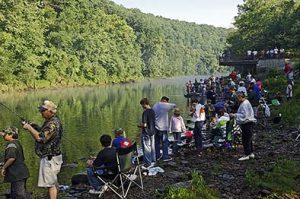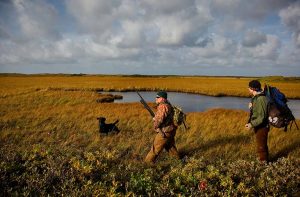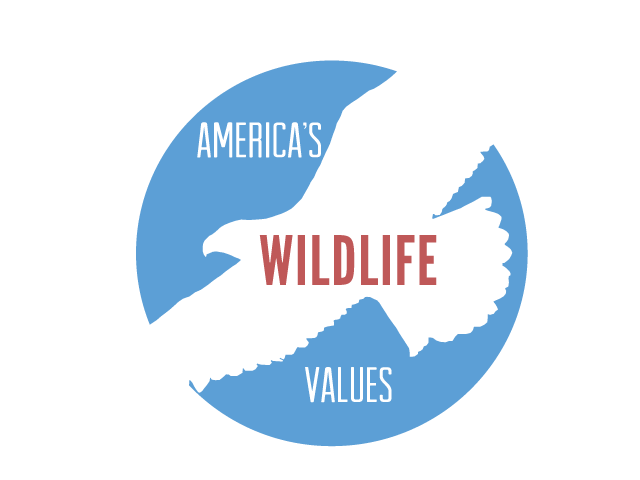Why Study Wildlife Values?
Meeting Current and Future Challenges
States are experiencing a number of social and demographic changes that have affected and will continue to affect wildlife management. Changes include human population growth and expansion, changes in in-migration rates and land use patterns, demographic shifts such as increasing income and education, growth in technology, and urbanization. These changes are contributing to the many challenges that increasingly define the context of wildlife conservation, including for example, habitat loss and fragmentation, loss of biodiversity, hunting declines, human-wildlife conflict, and a rise in social conflict over wildlife-related issues. Further, these changes have redefined the “public interest” that agencies are charged with representing in decisions and provision of opportunities under the North American Model of Wildlife Conservation. Key questions for state fish and wildlife agencies that arise in this context include:

• What strategies, including pathways to improved governance, are needed to help agencies adapt in the face of societal change?
• How do agencies maintain trust and continue to remain relevant to an increasingly diverse constituency?
• What are ways for agencies to more effectively reach and engage non-traditional or underserved audiences while still being responsive to the needs of traditional stakeholders?
• How can agencies garner broad-based support to ensure sustainable funding mechanisms exist for wildlife conservation in the future?

Response to these questions and underlying challenges demands knowledge of the social and demographic changes that are taking place and the impact of those changes on public values, including how different segments of the public think about wildlife and wildlife-related issues. Additionally, for agencies to explore ways to adapt, including through improved public outreach, there is a need to consider what approaches to agency governance and stakeholder engagement are currently being used.
